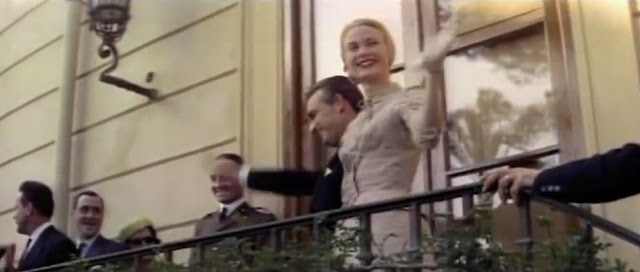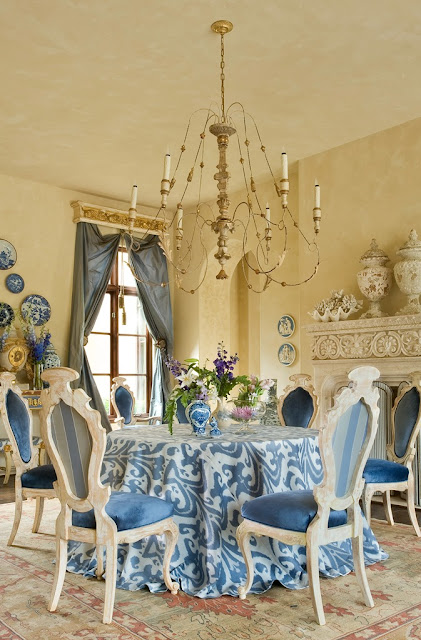Did you happen to see the documentary, The Wedding in Monaco, when it aired on Turner Classic Movies a few days ago? If not, you must. The 1956 documentary, which profiles the wedding of Grace Kelly and Prince Rainier III, is a fascinating, not to mention dazzling, look at the nuptials of the Prince of Monaco and the Princess of Hollywood.
What captivated me was the theatrical tone of the documentary, which, if you didn't know better, you might assume was pure fantasy. With its sweeping CinemaScope landscape, its dramatic flourishes, and its parade of vivid colors, The Wedding in Monaco feels more like a colorful Fifties-era MGM movie with sets designed by Tony Duquette. (One reason for this might be because MGM was partly responsible for the documentary.) The film begins with the Monégasques anticipating the so-called "Wedding of the Century". Palace staff is hard at work planning for the wedding festivities, while at the principality's opera house, dancers and set designers are equally busy, preparing for a lavish entertainment in honor of the couple. Meanwhile, Kelly and her wedding party embark on Monaco, having sailed over on the S.S. Constitution. There to greet her is Rainier, who whisks her off to the Palace, where Kelly is filmed in a (Helen Rose?) evening gown, perusing Rainier family portraits which hang in ornately decorated Palace rooms. Later, a civil marriage ceremony is held, followed by a garden party at the Palace, where the citizens of Monaco are invited to celebrate the marriage of their Prince and new Princess. But it doesn't end there. That evening, the couple descend on the Opéra de Monte-Carlo to attend a gala featuring musicians, singers, and dancers. The pinnacle of this drama is, of course, the church wedding of the Prince and Princess, which is a reverential break from the previous days' pomp and circumstance. The film ends as the couple departs for their honeymoon. I can only assume the Prince and Princess must have been utterly exhausted.
The documentary can be viewed on YouTube, which is where I obtained these fuzzy screen shots. (Unfortunately, the version uploaded to YouTube lacks the opera house gala scene.) What makes this film so striking is its cinematic elegance. But considering the main players of this romantic drama were Grace Kelly, Prince Rainier, and the majestic backdrop of Monaco, elegance is to be expected. This is my kind of spectacle, as opposed to today's low-brow spectacles which include, but unfortunately are not limited to, the divorce of Brangelina and the uncoupling of Hiddleswift.
The drama, as it unfolds:































































